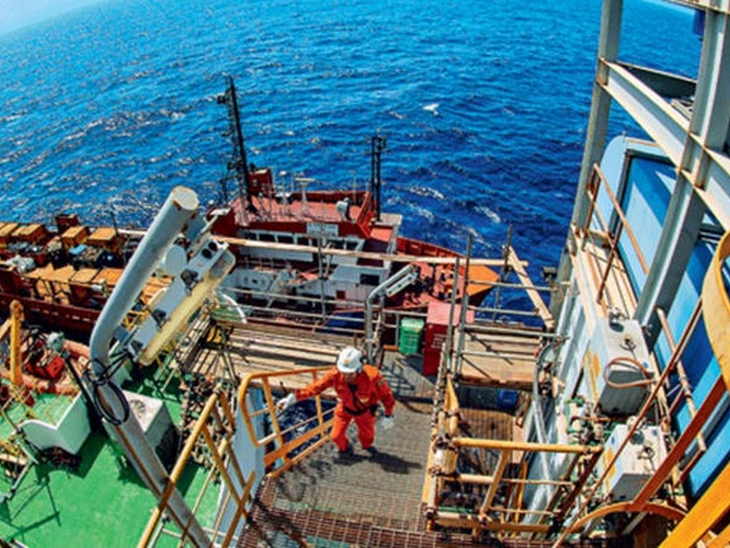Petroleum production increases 12.6% in comparison with March 2016
T&B Petroleum/Press Office ANP
02/05/2017 19:56

In March 2017, oil production in Brazil totaled 2.550 million barrels per day (bbl / d). The volume represents a growth of 12.6% in relation to the same month in 2016 and a decrease of 4.7% in comparison with the previous month. Natural gas production was 101.3 million cubic meters per day, surpassing the same month's production by 12.2% in 2016. There was a decrease of 5% in relation to the previous month. The total production of oil and natural gas in the country was approximately 3,187 million barrels of oil equivalent per day.
Pre-salt
Pre-salt production in March totaled approximately 1.499 million barrels of oil equivalent per day. The production, from 69 wells, was approximately 1.208 million barrels of oil per day and 46.25 million cubic meters of natural gas per day, a decrease of 2.4% over the previous month. The pre-salt production corresponded to 47% of the total produced in Brazil. The "pre-salt" wells are those whose production is carried out in the geological horizon called pre-salt, in fields located in the area defined in item IV of caput of article 2 of Law 12,351 / 2010.
Gas Burning
The use of natural gas in the month reached 96.6%. Gas flaring in March was 3.5 million cubic meters per day, a decrease of 12.4% compared to the previous month and 25.3% compared to the same month in 2016.
Producer Fields
The Lula field, in the Santos Basin, was the largest producer of oil and natural gas, producing an average of 638.3 thousand bbl / d of oil and 27.7 million m³ / d of natural gas.
Marine fields produced 94.9% of oil and 83.3% of natural gas. The production took place in 8,404 wells, being 806 sea and 7,598 terrestrial. The fields operated by Petrobras produced 95.5% of the oil and natural gas.
Estreito, in the Potiguar Basin, had the largest number of producing wells: 1,105. Dom João Mar, in the Recôncavo Basin, was the maritime field with the largest number of producing wells: 62.
The FPSO Cidade de Itaguaí, producing in the Lula field, produced, through 6 interconnected wells, 195,600 boe / d and was the UEP (Stationary Production Unit) with the highest production.
Other information
In March 2017, 291 concessions, operated by 24 companies, were responsible for domestic production. Of these, 80 are marine and 211 terrestrial concessions. It is noteworthy that of the total of the production concessions, two are in exploratory activity and produce through Long-Term Testing (TLD), and another six are related to contracts of areas containing marginal accumulations. The average API grade was 26.5, with 30.9% of the production being considered light oil (> = 31 ° API), 53% medium oil (> = 22 API and <31 API) and 16.1% heavy oil ( <22 API).
The mature terrestrial basins (fields / long-term tests of the Espírito Santo, Potiguar, Recôncavo, Sergipe and Alagoas basins) produced 137 thousand boe / d, 110.1 thousand bbl / d of oil and 4.3 million m³ / D of natural gas. Of this total, 131,800 barrels of oil equivalent per day were produced by Petrobras and 5,2 thousand boe / d for concessions not operated by Petrobras, of which 318 boe / d in Alagoas, 2,346 boe / d in Bahia, 66 boe / D in Espírito Santo, 2,286 boe / d in Rio Grande do Norte and 229 boe / d in Sergipe.
Access the full report at: http://www.anp.gov.br/wwwanp/publicacoes/boletins-anp/2395-boletim-mensal-da-producao-de-petroleo-e-gas-natural



